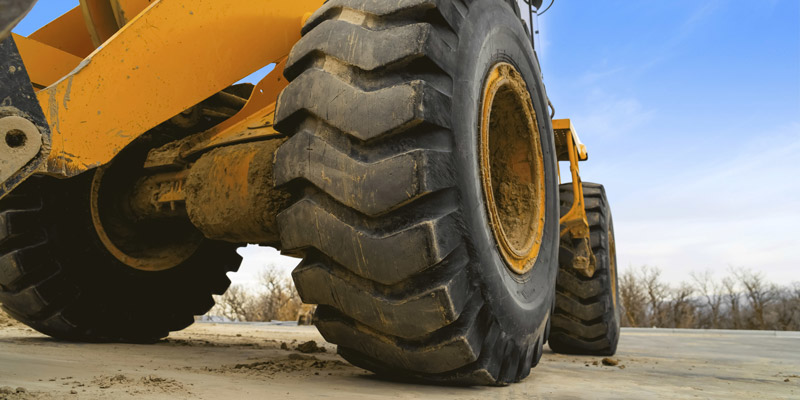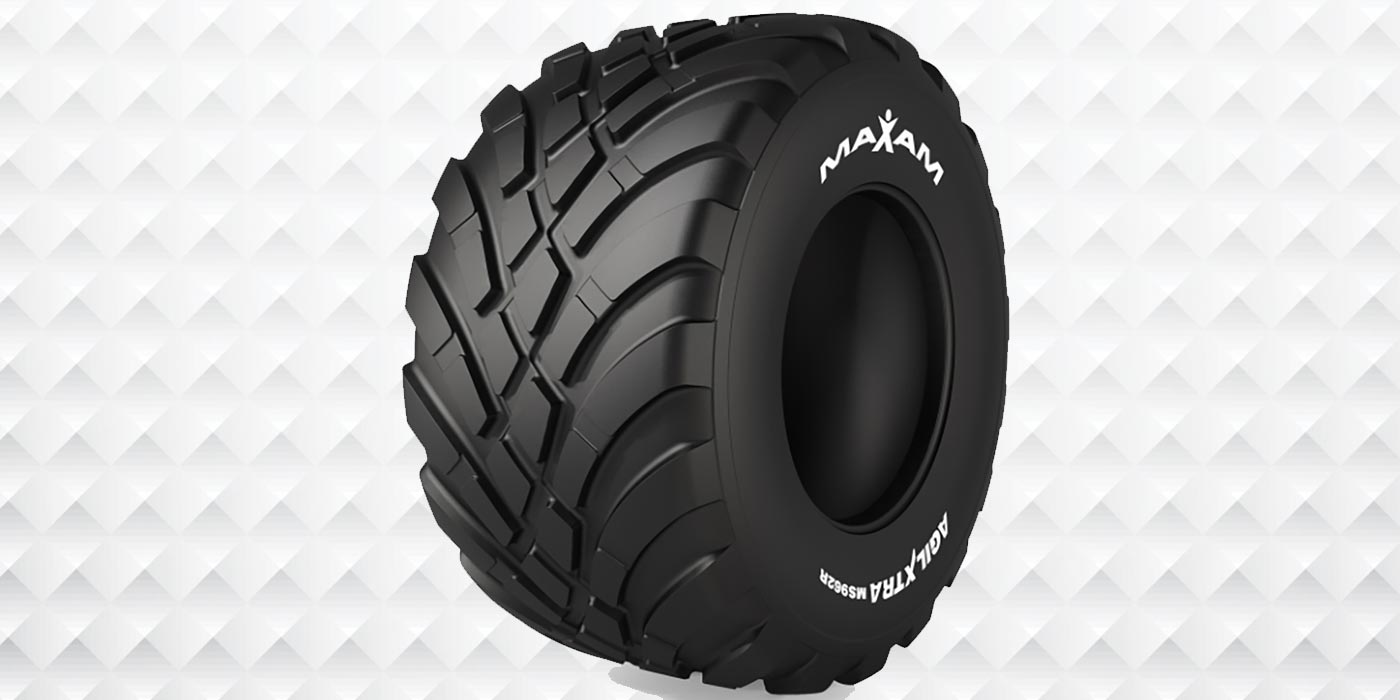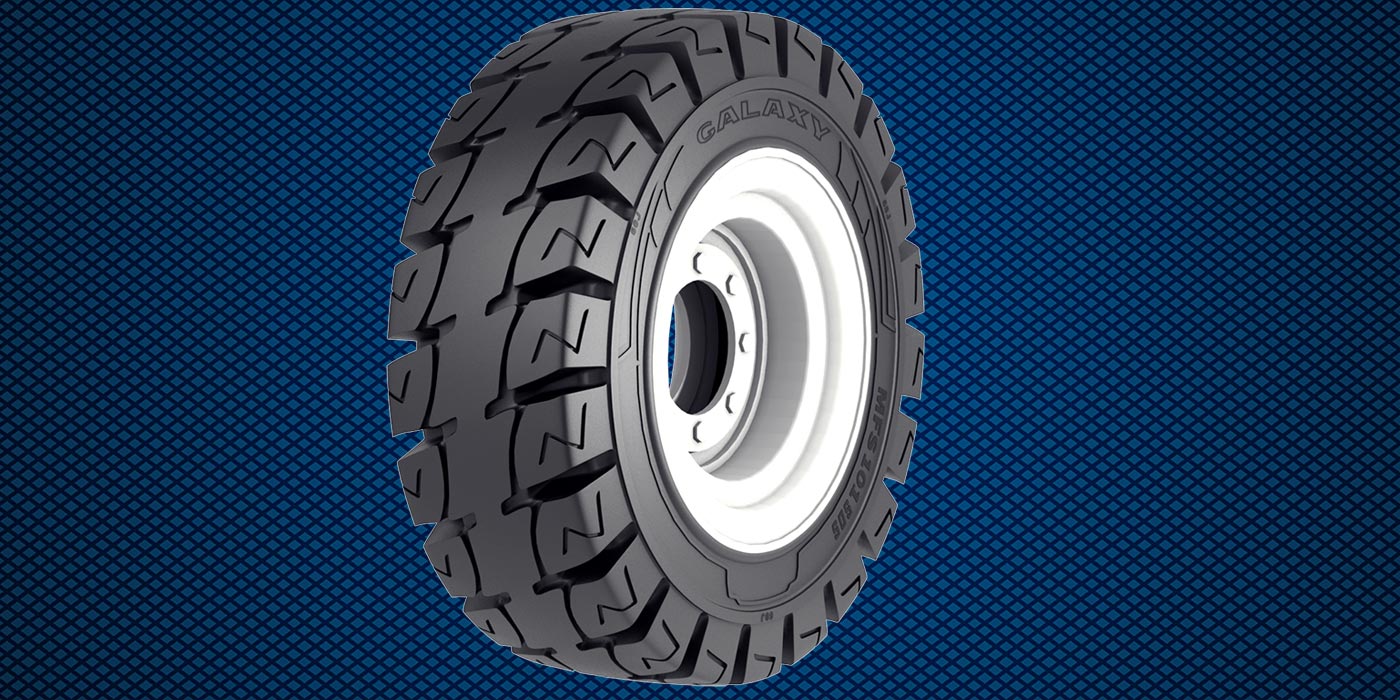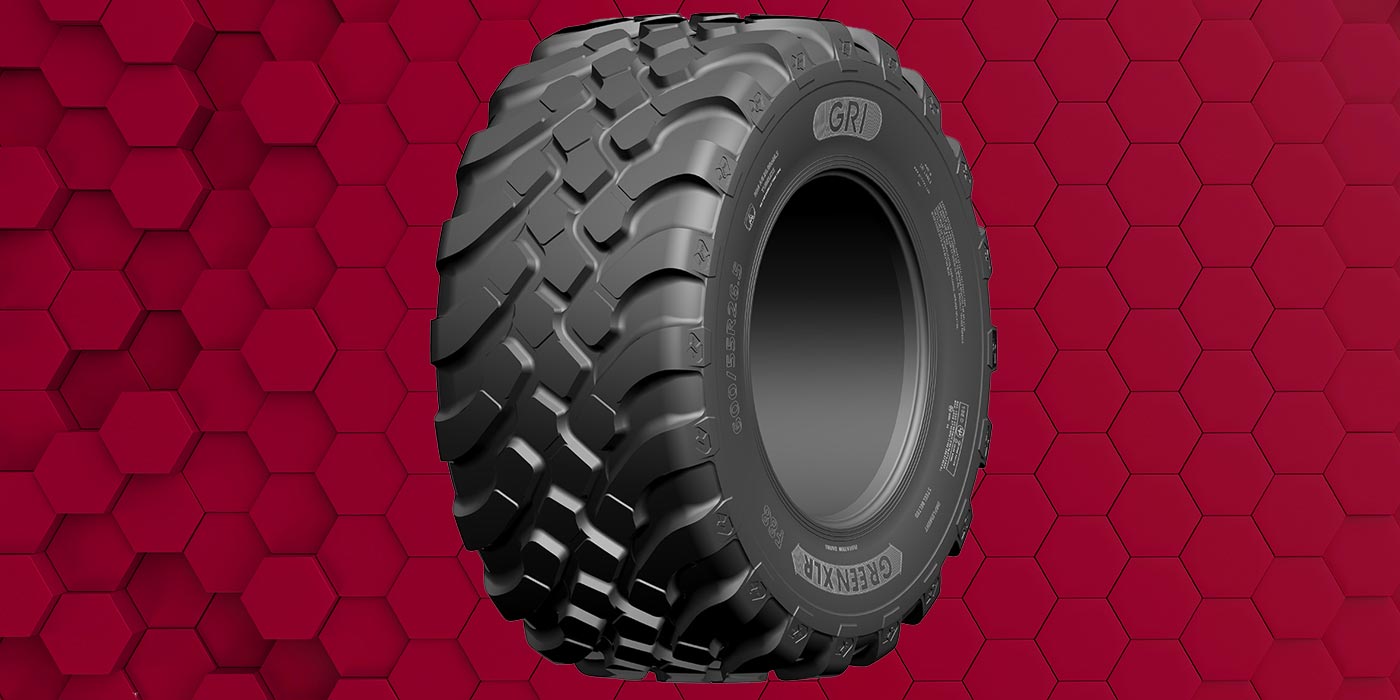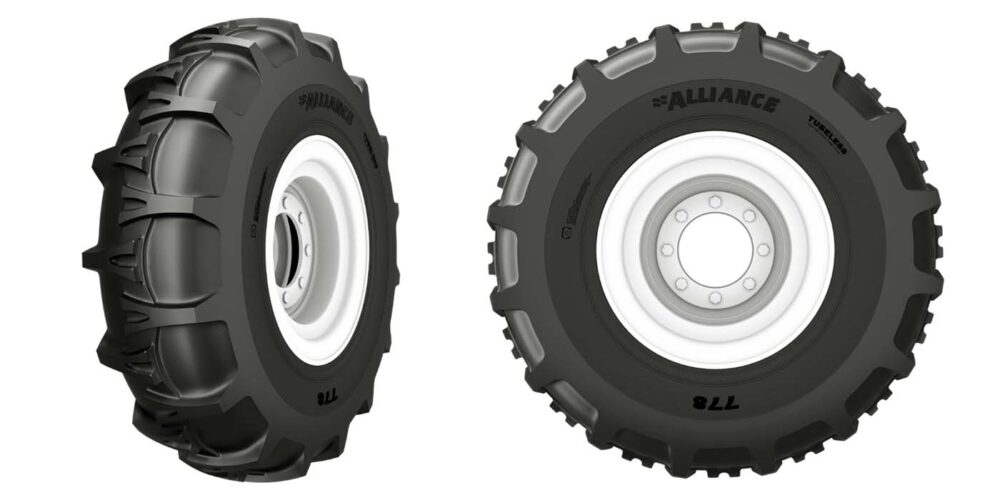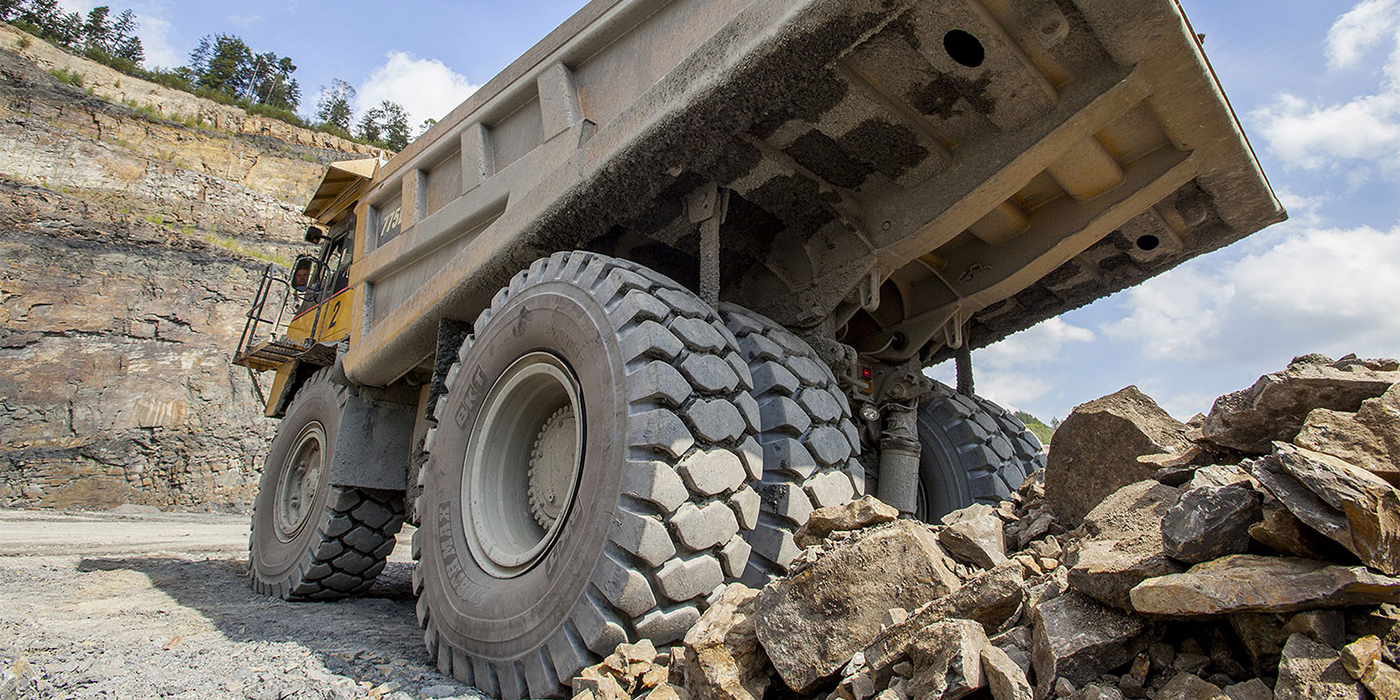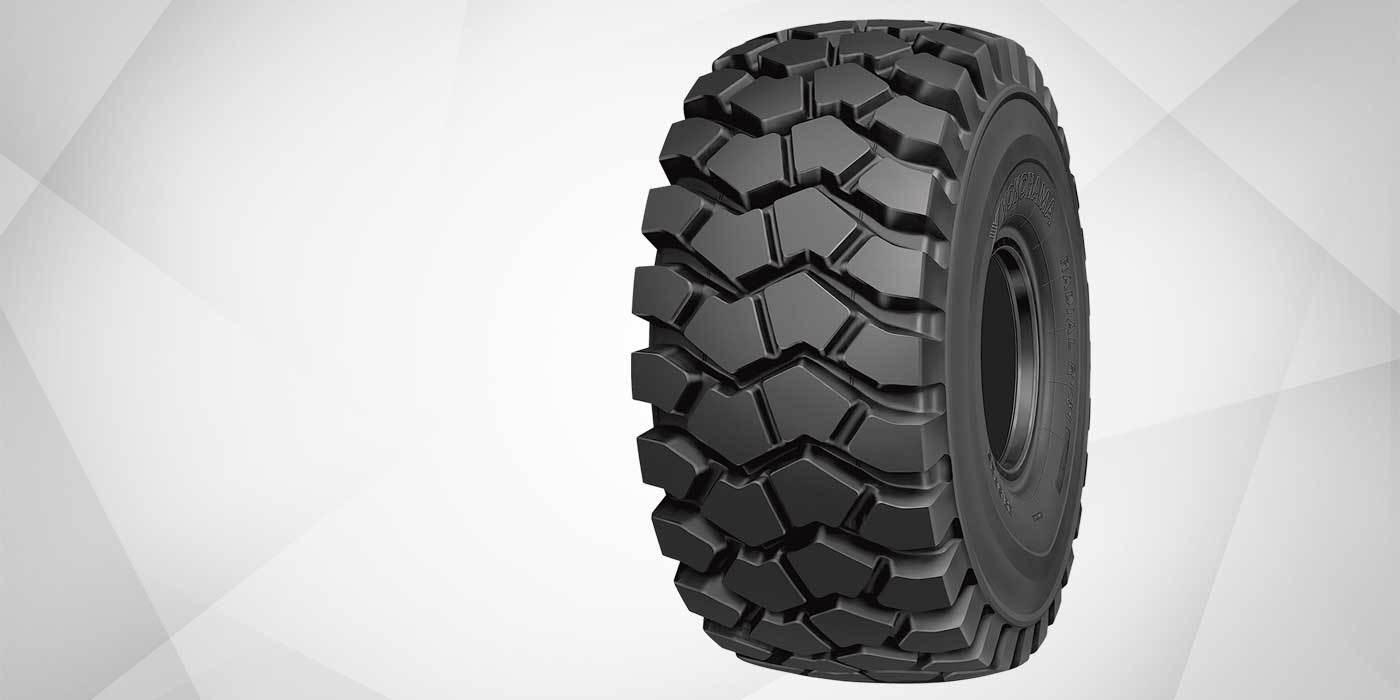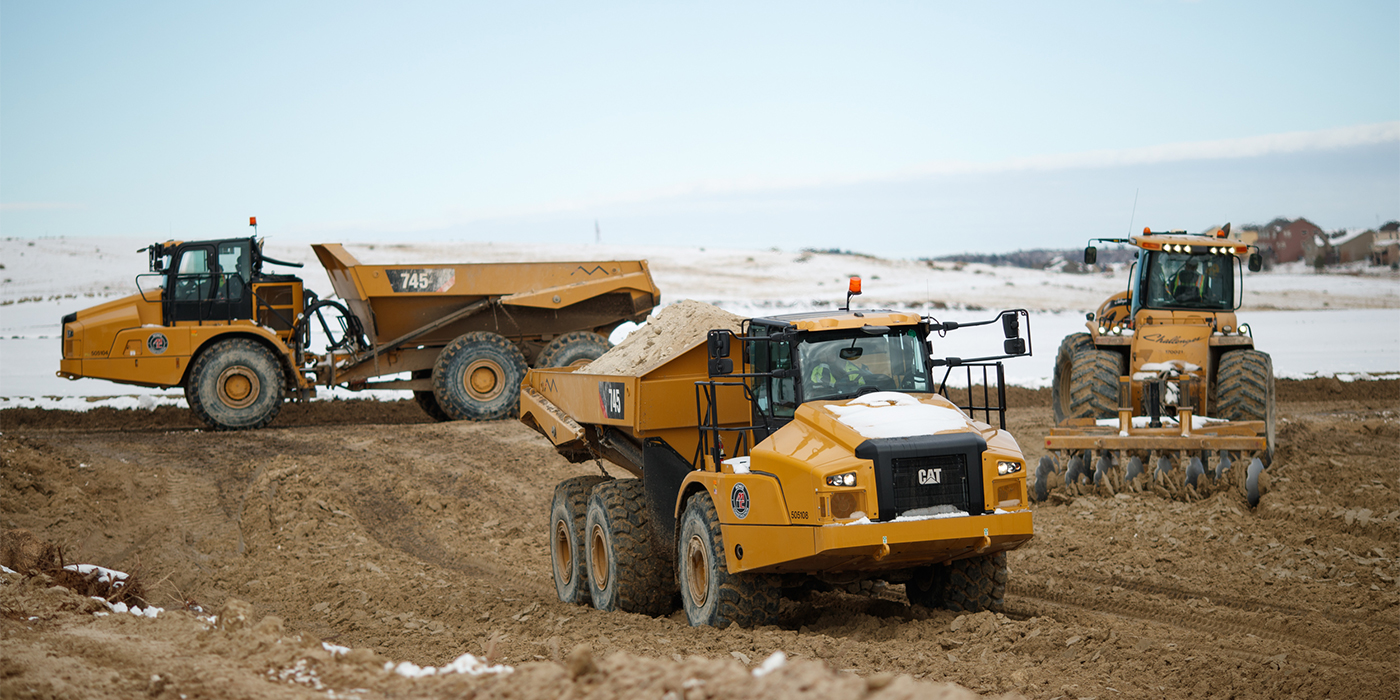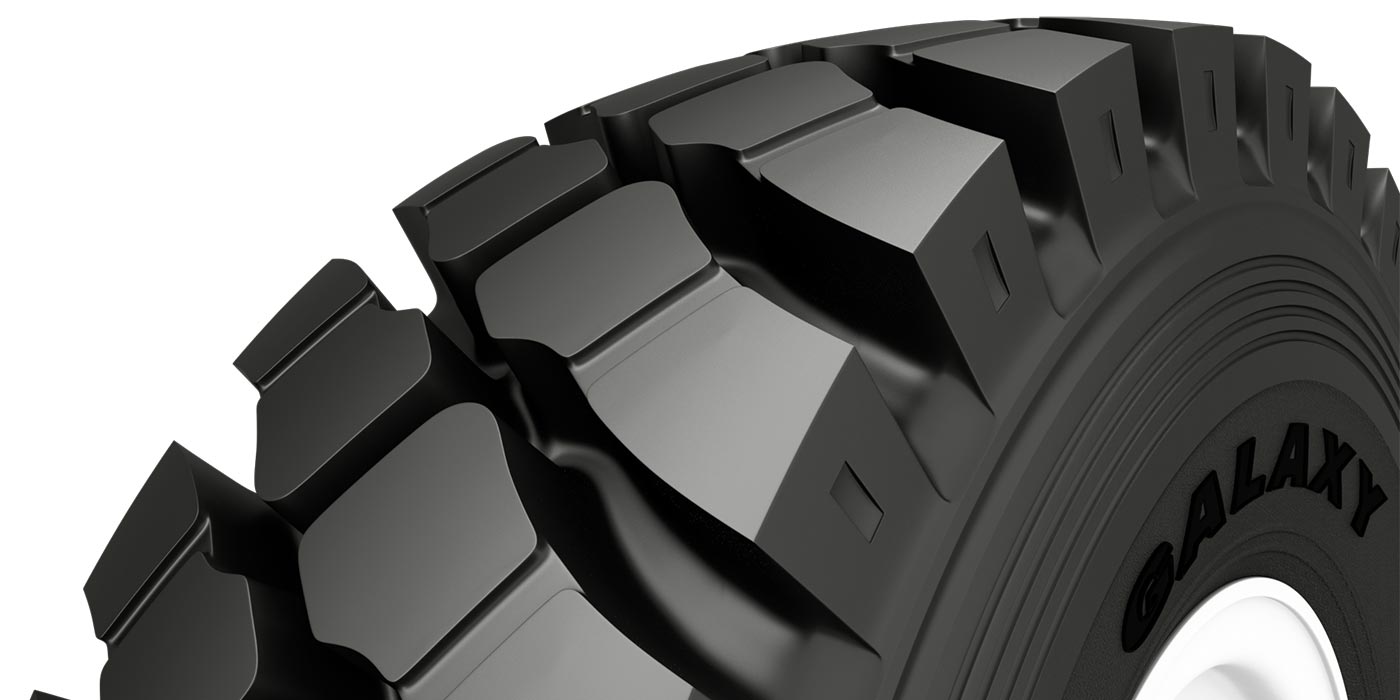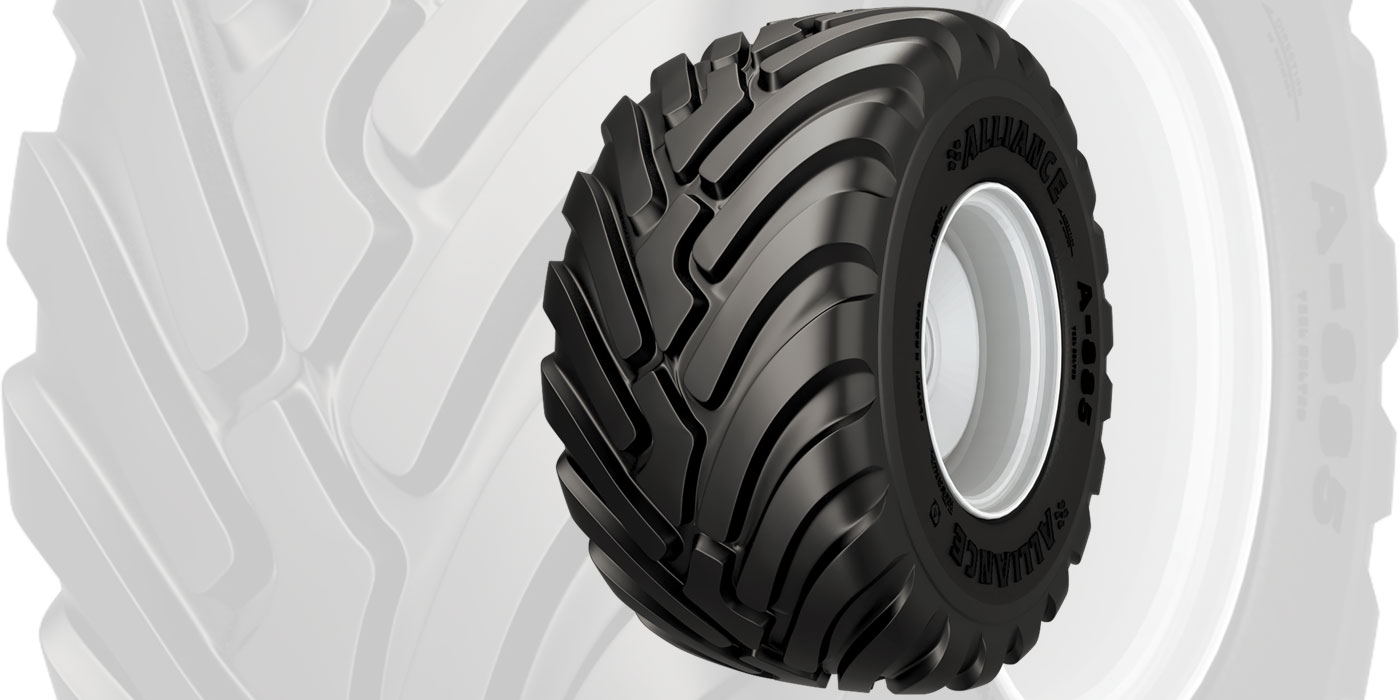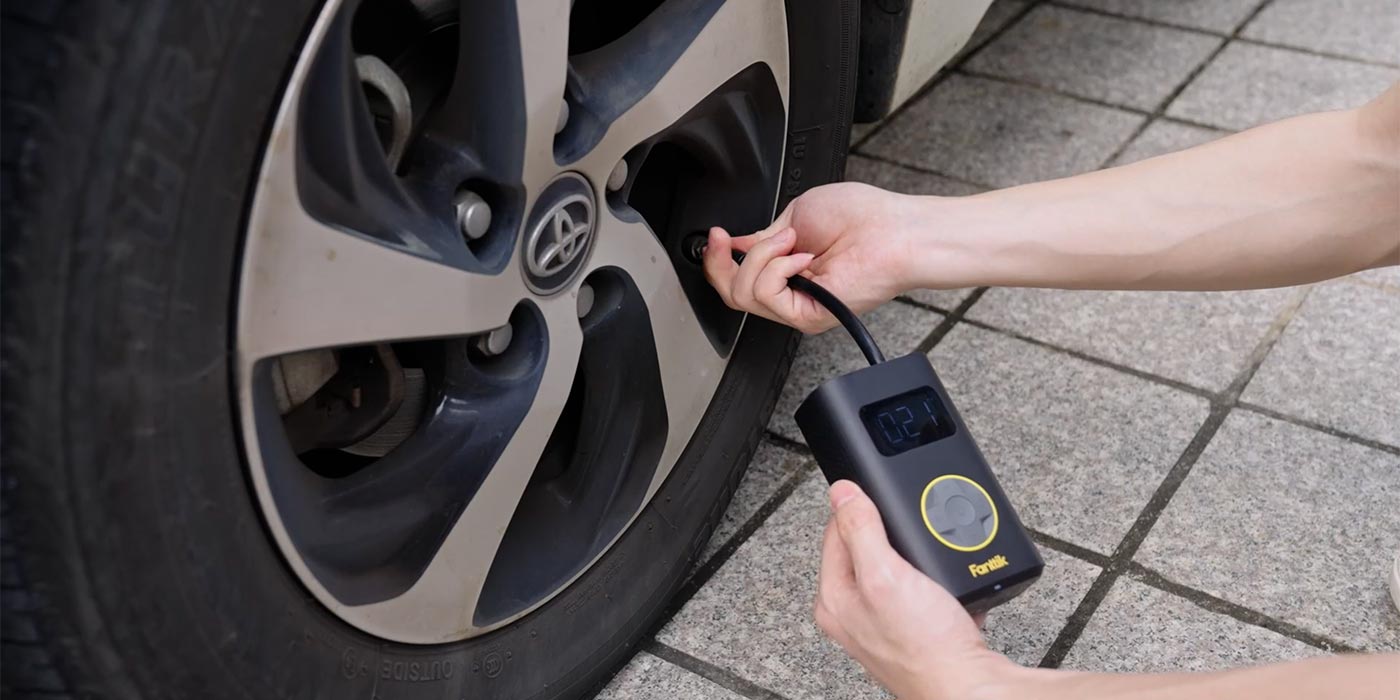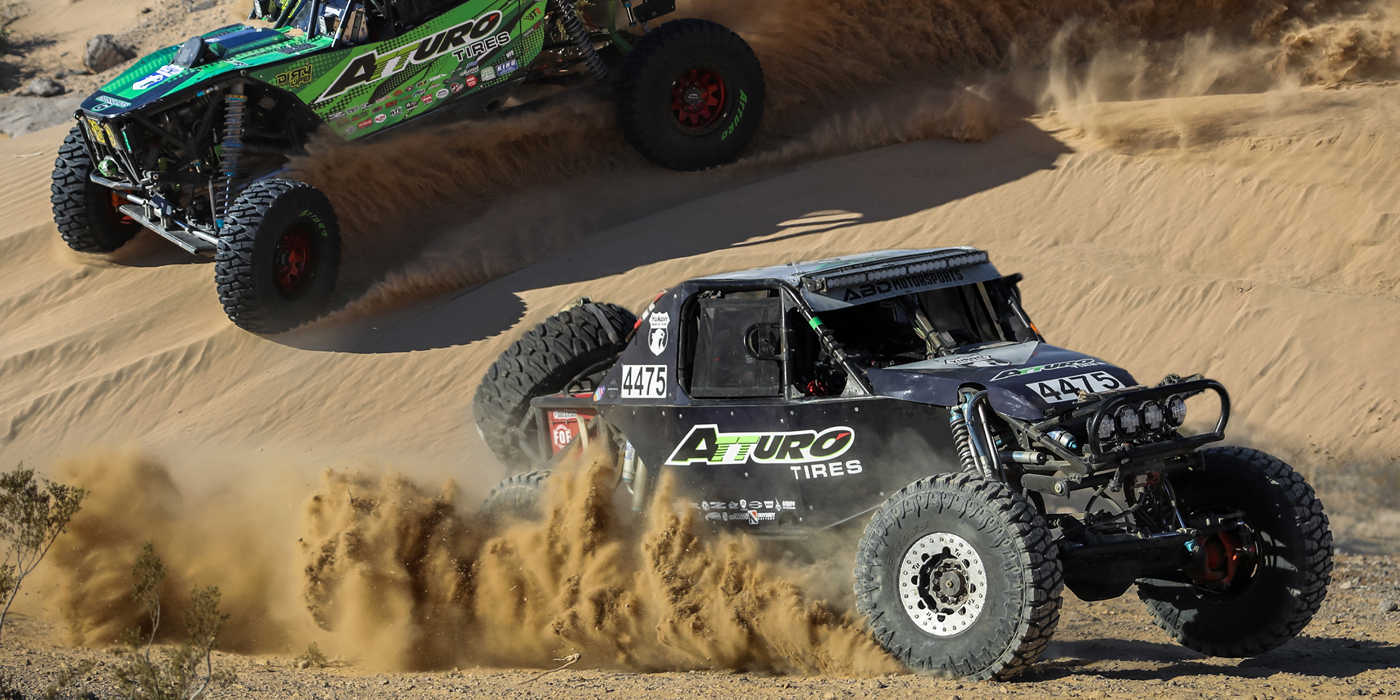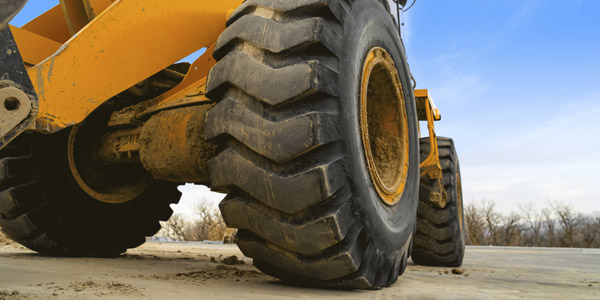
The question I like to ask people when we are talking about my favorite subject, off-the-road (OTR) tires, is “what carries the load?” The answer is easy: Air. Air in a tire is like oil in an engine. When properly maintained, both will run many long hours or miles with no issues. But, running low or over the correct amount will have a definite effect on the life of both.
Over the years, I have written many articles with comments about proper inflation to maximize not just the tire performance, but also about the machine that the operator is working. Air pressure in the tires can either make the operator’s time more enjoyable or terrible. Finding the correct pressure is not difficult. The equipment manufacturer is a great source to get the pressure they recommend based on bucket size and material being worked. Equipment manufacturers usually validate the pressure that maximizes the performance, ride and handling of their machine.
Selecting the correct tire for the application is also critical, but all the effort you have done to place the right tire can be lost if the pressure is not correct for the application. As we all know, the true cost of a tire is not the purchase price, but the cost per hour or cost per ton moved during the life of the tire. The variable factors affecting the life of an OTR tire are many, with most out of your control. But, the one factor you can control is the air pressure.
At 80% of the recommended air pressure, the loss of tire life may be 75% of the total potential if the tire was at 100% of inflation. At 70%, the shortfall could be as much as 50% of what should be expected.
Doing weekly, or at worse case, biweekly pressure checks on tires is important to the final performance results of the tires. The rule of thumb is that when a tire operates at 100%, having the proper air pressure will provide many hours of trouble-free performance unless the tire is injured or damaged due to an operational issue. If the tires operate at 90% of recommended PSI, tire life can be reduced on average 10%.
The biggest impact on performance shortfall is when the tire is run at 20% or even 30% lower air pressure than what the manufacturer recommends. At 80% of the recommended air pressure, the loss of tire life may be 75% of the total potential if the tire was at 100% of inflation. At 70%, the shortfall could be as much as 50% of what should be expected.
Next question: Is the service tech associate doing the checks properly on all the equipment with tires?
The reason I am asking this is based on a conversation with a customer recently. This customer said he observed the service tech and found that the tech did tire checks on some machines and adjusted the inflation when needed. But, the customer was concerned because the tech skipped some of the machines and air pressure was not checked.
Are you doing spot checks after the inflation checks have been completed? If you are not, your customer might be, and that could be good or bad depending on what they find. Customers do not mind paying for a service they know is being done correctly. The retention of your customer base is much greater. But, if the work is not being done properly, that is when the customer has a reason to change or question the service charges.
Are you sharing with the customer what was found? Was any action taken? If you are tracking the inflation, for example with tires that lose air pressure weekly, does the service tech have authority to address the issue? Adding air in a tire each week and not addressing the leaking issue is not the fix. That means the tire is always working underinflated, which will affect the life of the tire. The tire could fail due to a separation, heat or an innerliner issue prior to being worn out. Be sure to establish guidelines with both the customer and service tech so proper action can be taken with tires that have this issue or ones with a sudden change in pressure.
Remember that a true cold inflation is one where the tires have been sitting for 24 hours. If you are able to do an inflation check only on a hot (working) tire and you know the cold inflation, then you can track the inflation. This will give you a good look at how the operation is running and if the tires are operating within their rated capacity. If your inflation pressure is within 20% of the known cold inflation, the operation is working the tires within the rated capacity.
Editor’s Note: Stay tuned for Part 2 of this story, which gives more inflation pressure guidelines for OTR Tires. For more OTR tire tips from Tim Good, click here.
Check out the rest of the October digital edition of Tire Review here.

